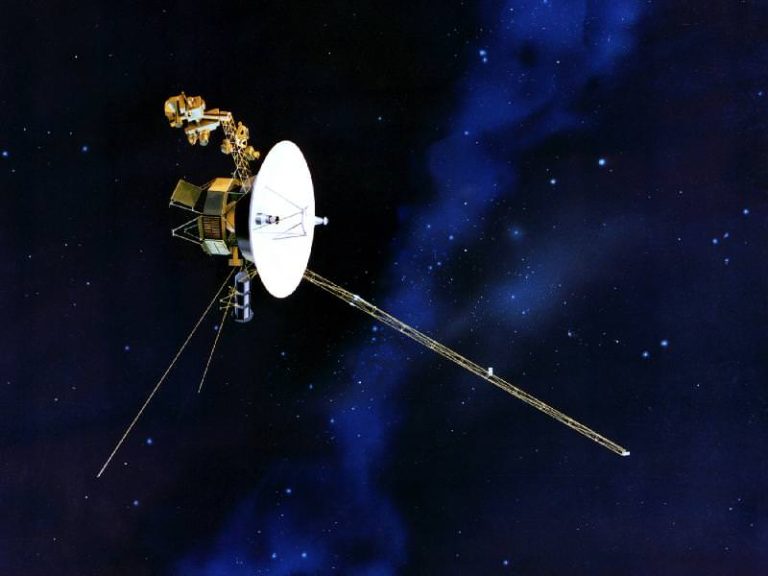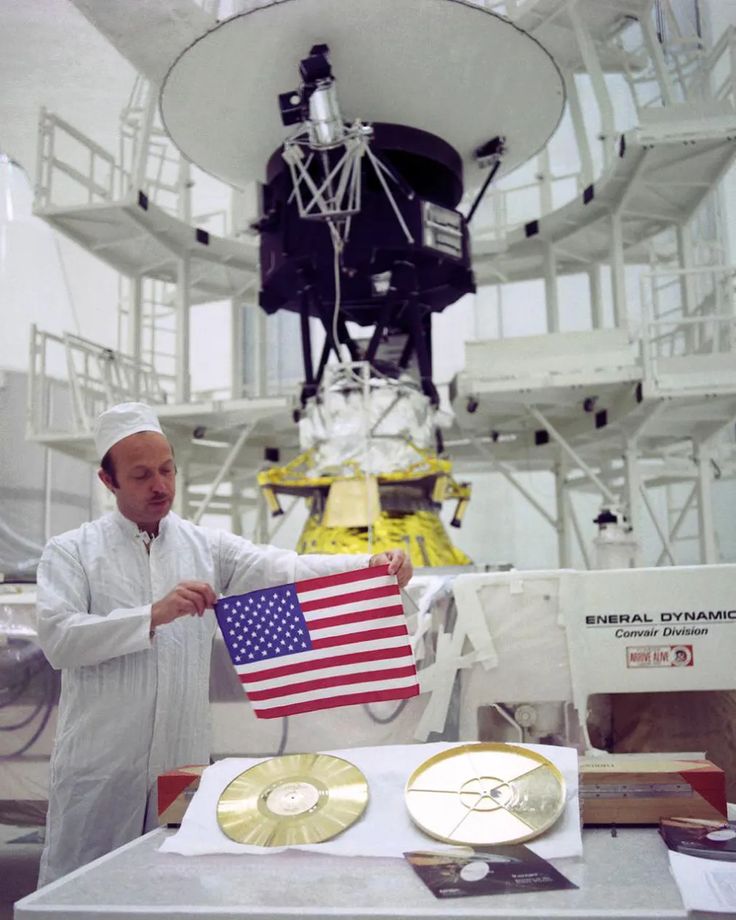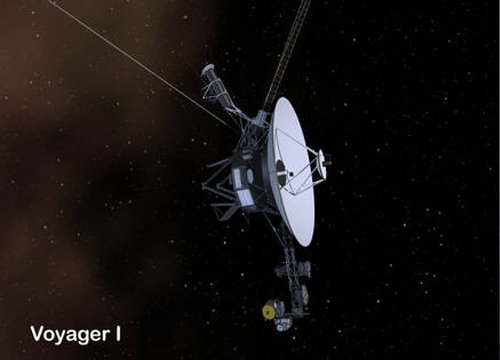Inside Uranus and Neptune: New Discoveries Await
Uranus and Neptune, our solar system’s Ice Giants, are mid-size gas planets formed in the cold outer regions of the solar system. Their magnetic fields and interior compositions defy expectations, offering unique insights into planetary science and formation. Advanced computer simulations now suggest a layered interior structure, potentially explaining the planets’ unusual magnetic properties. Future missions and experiments may confirm these groundbreaking findings.
Summary
- Uranus and Neptune are classified as Ice Giants, mid-sized planets rich in water, methane, and ammonia.
- Unlike Jupiter and Saturn, these planets lack strong dipolar magnetic fields, displaying weaker and chaotic magnetic behavior instead.
- Initial theories suggested that a lack of convection in their interiors might explain this magnetic anomaly.
- The interiors of Ice Giants experience extreme pressures and temperatures, making laboratory reproduction challenging.
- New computer simulations have modeled interactions of over 500 molecules to understand the structure and behavior of Uranus and Neptune’s interiors.
- Simulations indicate that water, methane, and ammonia in the middle layers separate into two distinct regions, limiting mixing and convection.
- The lack of a convection zone inhibits the formation of strong dipolar magnetic fields, a feature consistent with Voyager 2’s observations.
- Uranus likely has a rocky core about the size of Mercury, while Neptune’s core is roughly the size of Mars.
- Proposed future missions to Uranus may provide in-situ data to test these simulation models.
- The separation of materials into layers likely results from the expulsion of hydrogen at high pressures.
- This new understanding challenges traditional views of planetary formation and internal dynamics.
- Laboratory experiments under extreme conditions may help validate computer simulation findings.
- Uranus and Neptune provide crucial insights into Ice Giant exoplanets, common in other star systems.
- Their unique characteristics emphasize the need for dedicated exploratory missions.
- Enhanced computing power continues to revolutionize our understanding of planetary physics.
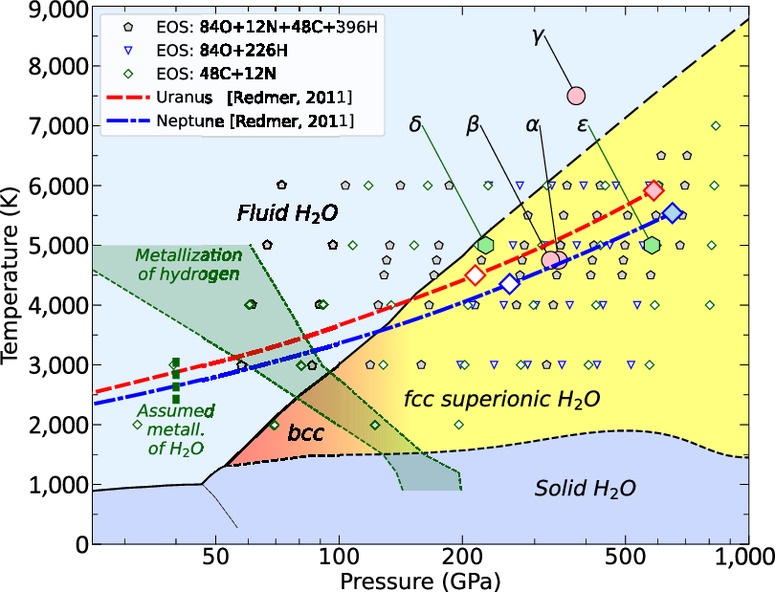
Exploring the Mysteries of Ice Giants
Uranus and Neptune stand apart in the pantheon of solar system planets. While they are smaller than Jupiter and Saturn, their icy compositions and unique magnetic fields make them intriguing subjects of study.
Voyager 2’s flybys in the 1980s revealed surprising details. Unlike Earth’s strong and stable magnetic field, the Ice Giants’ magnetic fields are weaker, more chaotic, and far from dipolar. These findings challenged conventional planetary formation theories.
The Unexpected Magnetic Fields of Uranus and Neptune
Earth’s magnetic field originates from a convective metallic core. A similar expectation for Uranus and Neptune was upended by Voyager 2’s data.
For Earth, a molten nickel-iron core generates convection, creating a strong magnetic field. Uranus and Neptune likely have metallic cores but exhibit no such behavior. Why?
Some theories propose a “layered interior” that prevents convection. This separation, akin to oil and water, might inhibit magnetic dynamo formation.
The Role of Computer Simulations
Advances in computing have unlocked new possibilities in planetary science. By simulating the behavior of over 500 molecules, researchers have begun to unravel the complex physics of Ice Giant interiors.
The findings suggest that water, methane, and ammonia undergo “phase separation,” forming two distinct, unmixed layers. Hydrogen, squeezed out of deeper layers, contributes to this separation.
Table 1: Key Properties of Uranus and Neptune
| Property | Uranus | Neptune |
|---|---|---|
| Diameter (km) | 50,724 | 49,244 |
| Distance from Sun | ~2.87 billion km | ~4.5 billion km |
| Atmosphere | Hydrogen, helium, methane | Hydrogen, helium, methane |
| Magnetic Field Type | Chaotic, nondipolar | Chaotic, nondipolar |
| Core Size | ~Size of Mercury | ~Size of Mars |
Phase Separation and Magnetic Field Dynamics
Phase separation is a process where materials separate into layers under extreme conditions. In Uranus and Neptune, this likely prevents the mixing needed for a strong magnetic field.
The planets’ middle layers, rich in water, methane, and ammonia, are key to this phenomenon. At high pressures, hydrogen is expelled, causing distinct boundaries to form. This unique structure suppresses convection, explaining the lack of dipolar magnetic fields.
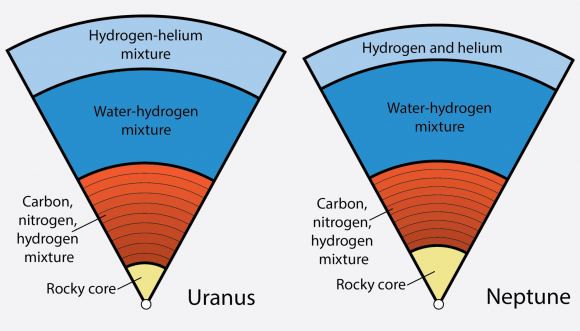
Table 2: Comparison of Magnetic Fields in Solar System Planets
| Planet | Magnetic Field Type | Source Mechanism |
|---|---|---|
| Earth | Strong, dipolar | Convective metallic core |
| Jupiter | Strong, dipolar | Metallic hydrogen core |
| Uranus | Weak, chaotic | Layered interior, no convection |
| Neptune | Weak, chaotic | Layered interior, no convection |
Implications for Exoplanetary Science
Ice Giants like Uranus and Neptune are not unique to our solar system. Exoplanet surveys have identified numerous similar planets around other stars.
Studying our Ice Giants offers insights into these distant worlds. For instance, understanding phase separation may help determine the magnetic behavior of exoplanets.
Future Exploration
Despite Voyager 2’s contributions, much remains unknown. NASA has proposed a mission to Uranus, offering the potential for unprecedented in-situ data collection.
Laboratory experiments under extreme conditions may also validate simulation findings, bridging the gap between theoretical models and observational data.
Facts About Uranus and Neptune
- Uranus rotates almost completely on its side, likely due to a massive collision.
- Neptune is the windiest planet in the solar system, with speeds exceeding 1,200 mph.
- Both planets have faint ring systems, often overlooked in popular imagery.
- Methane in their atmospheres gives them their blue hues.
- Voyager 2 remains the only spacecraft to visit these distant worlds.
References
- Militzer, Burkhard. “Phase separation of planetary ices explains nondipolar magnetic fields of Uranus and Neptune.” Proceedings of the National Academy of Sciences, 121.49 (2024): e2403981121. Read more
- Burkhard Militzer, UC Berkeley. Research on planetary interiors and phase transitions.
- NASA Voyager Mission Archives. NASA.gov
- Universe Today, “The Mysteries of Uranus and Neptune,” universetoday.com


